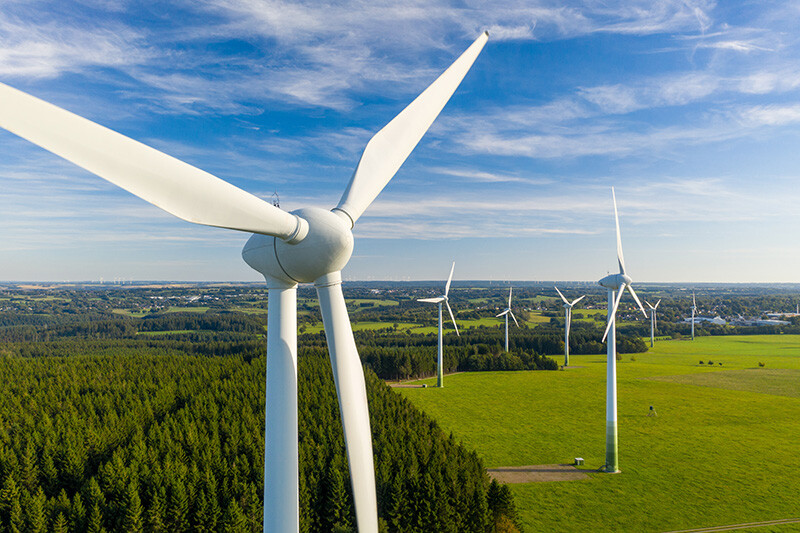Developing a successful energy project—whether it’s solar, wind, or other renewable infrastructure—depends on selecting the right site. Factors like land characteristics, environmental restrictions, market access, and permitting requirements all play a crucial role in determining viability.
With Acres.com Layer Library, energy developers can efficiently analyze potential sites using comprehensive mapping data, including parcel boundaries, zoning, environmental and infrastructural layers. Here’s how to use Layer Library to make informed site selection decisions:
1. Identify Land with the Right Characteristics
The first step in selecting a site is ensuring the land meets your project’s basic requirements. The available layers within Layer Library allow you to analyze:
- Parcel Size & Ownership – Find large, contiguous parcels with a single owner to streamline negotiations especially if you intend on leasing the land for the project.
- Land Use & Zoning – Ensure the site is zoned for energy development and not restricted by local regulations.
- Topography & Soil Conditions – Evaluate elevation changes, flood risk, and soil stability to determine feasibility.
Example: A solar farm developer can use Layer Library’s topographic overlays to avoid hilly terrain that may complicate panel installation.
2. Assess Grid Access & Infrastructure
Energy projects must connect to the existing power grid or infrastructure, and the layers within Layer Library makes it easy to analyze:
- Proximity to Transmission Lines – Locate sites near substations and high-voltage power lines to minimize interconnection costs.
- Road Access & Logistics – Identify properties with nearby highways or rail access for transporting materials and equipment.
- Water Availability – For certain projects, access to water sources may be a critical factor.
Example: A wind farm developer can overlay transmission line data to target locations with direct grid access, reducing the cost of new infrastructure.
3. Evaluate Environmental & Regulatory Constraints
Environmental considerations can make or break a project. Using the available layers within Layer Library, developers can quickly assess:
- Protected Lands & Wetlands – Avoid areas with federal or state environmental protections that could delay approvals.
- Wildlife Habitats – Identify critical habitats or migration corridors that may restrict development.
- Permitting & Land Use Restrictions – Understand local regulations that may impact project timelines.
Example: A solar developer looking at desert sites can check for federal land restrictions or endangered species habitats before investing resources.
4. Compare Market Conditions & Land Costs
Beyond physical site selection, financial feasibility is key. With Acres, developers can:
- Analyze Land Values – Compare recent sales and leasing trends to determine fair market prices.
- Monitor Energy Market Trends – Understand local energy demand, incentives, and policy changes.
- Connect with Landowners – Identify owners open to leasing or selling for energy development.
Example: A utility-scale solar developer can analyze past land transactions to ensure competitive lease negotiations.
Power Your Energy Project with Data-Driven Insights
Selecting the right site for an energy project requires balancing land characteristics, infrastructure access, environmental constraints, and market conditions. With Acres.com Layer Library, developers gain instant access to critical mapping data, making site selection faster, smarter, and more efficient.
Start exploring potential energy project sites today on Acres.com.
